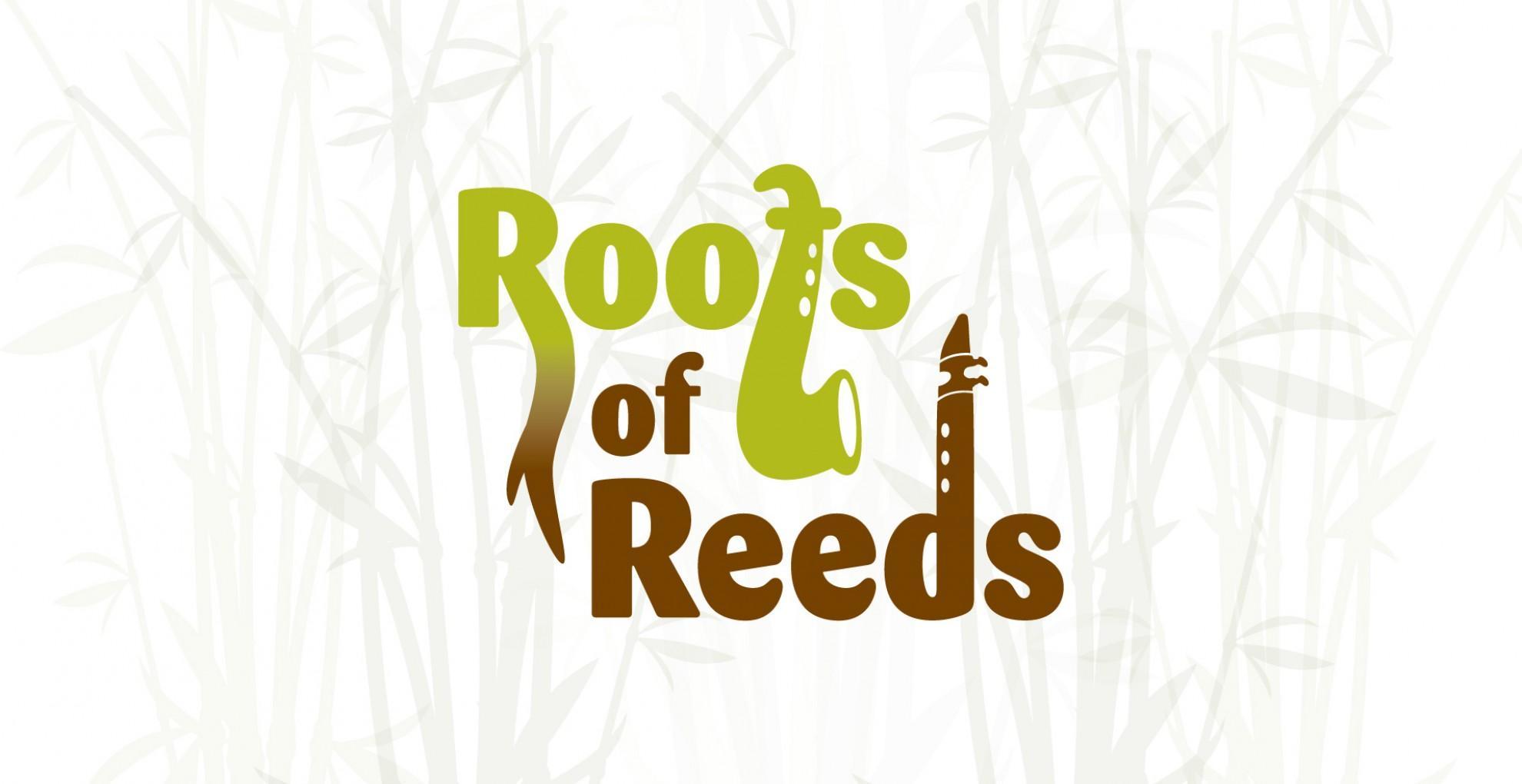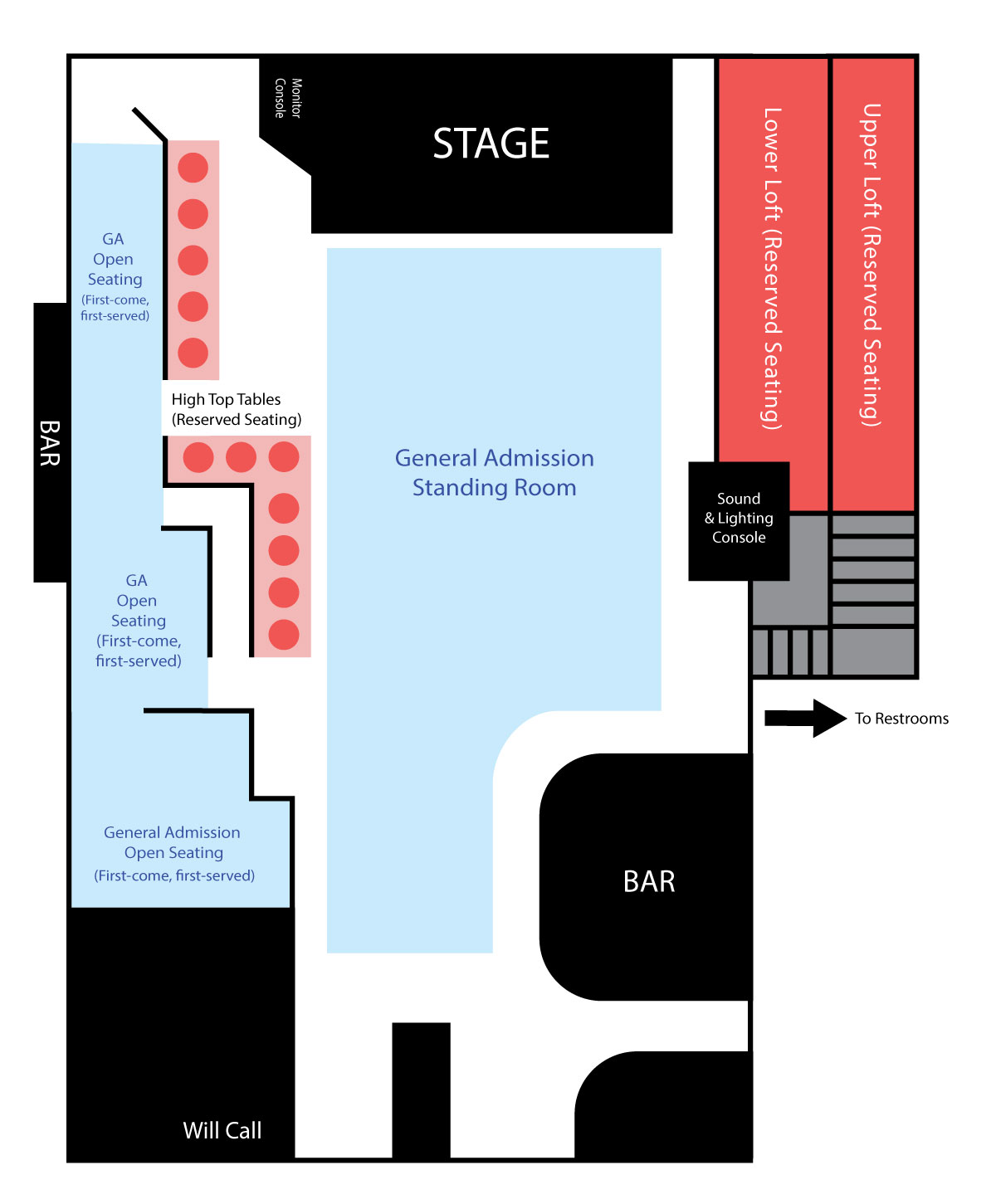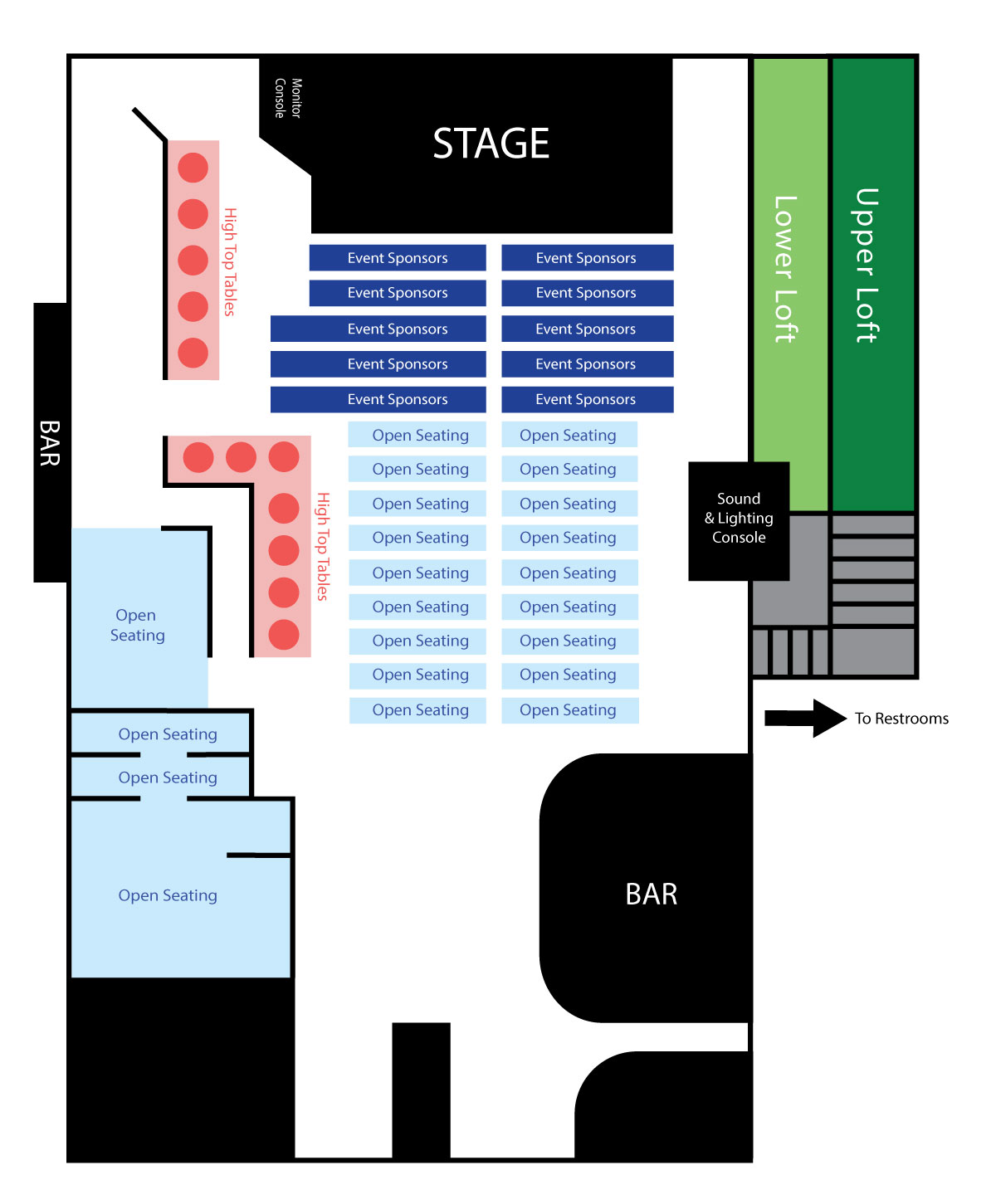
The Roots of Reeds
Centuries before oboes, clarinets, and saxophones came to America, cultures in the Middle East, Persia, Central and East Asia were inventing and playing a wide variety of reed instruments. As they travelled, they brought along these instruments. Some went east to Asia, some south to India and Africa, and others north and west to Europe. Many of our modern instruments are descendants of these early folk instruments. Through exploration of ancient roots of modern reed instruments, their evolution and modern innovations in Europe and in American, this exhibition retraces the long and winding roads used to bring us where we are today.
This exhibition presents an overview of the entire reed instrument family and highlights rare and unique examples of instruments from Asia and the Middle East comparing and contrasting them with modern day instruments made in Europe and the U.S. One of the special highlights is a collection of Asian free reeds or mouth organs that are displayed side by side with commercially produced, colorful examples of European free reeds including the harmonica, concertina, bandonion, accordion, and reed organettes, dating back to the 1800s.
This exhibition was developed in collaboration with Randy Raine-Reusch of Vancouver, a multi-instrumentalist, expert, and avid collector of traditional Asian instruments. The display is also generously supported by loans of instruments from the National Music Museum at the University of South Dakota, the University of Washington Ethnomusicology Program, and private collections of John Whiteman and Leslie Hoffman. This exhibition is accompanied by a series of concerts, educational workshops, and demonstrations, showcasing some of the rare instruments in action.

